Home>Furniture & Design>Interior Design Trends>How Do You Recycle Glass
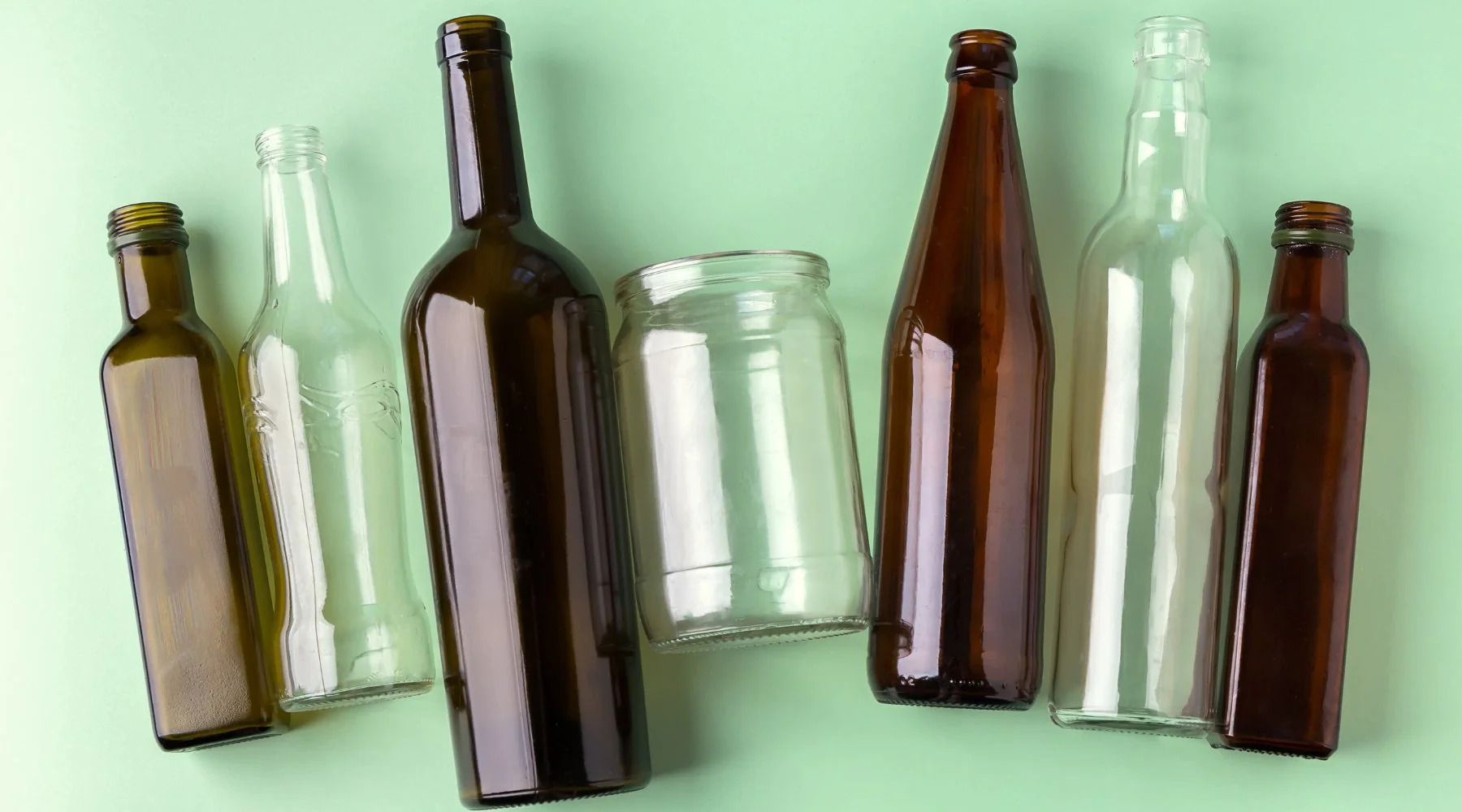

Interior Design Trends
How Do You Recycle Glass
Modified: March 23, 2024
Learn about the latest interior design trends for recycling glass and discover how you can incorporate sustainable practices into your home decor. Explore innovative ideas for reusing glass materials.
(Many of the links in this article redirect to a specific reviewed product. Your purchase of these products through affiliate links helps to generate commission for Storables.com, at no extra cost. Learn more)
Introduction
Glass is a versatile and widely used material that has been an integral part of human civilization for centuries. Its unique properties make it an ideal choice for a wide range of products, from containers and packaging to construction materials and decorative items. However, the disposal of glass products poses a significant environmental challenge, as glass does not decompose and can take thousands of years to break down in landfills. This is where glass recycling comes into play, offering a sustainable solution to reduce the environmental impact of glass waste.
Recycling glass not only conserves natural resources but also minimizes energy consumption and reduces greenhouse gas emissions. By transforming discarded glass into new products, the recycling process contributes to the circular economy, where materials are reused and repurposed, thus reducing the demand for raw materials and lowering the overall carbon footprint.
In this article, we will delve into the intricate process of recycling glass, explore the myriad benefits it offers, debunk common misconceptions surrounding glass recycling, and provide practical tips on how individuals can recycle glass at home. Whether you are a passionate environmental advocate or simply curious about sustainable practices, understanding the significance of glass recycling is crucial in fostering a greener and more eco-conscious society. So, let's embark on a journey to unravel the wonders of glass recycling and discover how each of us can make a positive impact on the planet through this simple yet powerful practice.
Key Takeaways:
- Glass recycling conserves resources, reduces energy consumption, and minimizes waste, contributing to a greener and more sustainable planet. It’s a simple yet powerful practice for a brighter future.
- By recycling glass at home and dispelling misconceptions, individuals can actively contribute to environmental preservation and promote a circular economy. Every small action makes a big difference in building a more eco-conscious society.
Read more: Where Can You Recycle Glass
The Process of Recycling Glass
Glass recycling is a fascinating and intricate process that involves several stages to transform discarded glass into new, usable products. The journey of glass recycling begins when consumers deposit their glass items into designated recycling bins or collection centers. Once collected, the glass is transported to a recycling facility, where it undergoes a meticulous process to be repurposed. Let's delve into the various stages of the glass recycling process:
-
Collection and Sorting: Upon arrival at the recycling facility, the glass is sorted based on color. This step is crucial, as different glass colors, such as clear, green, and brown, must be separated to maintain the quality and integrity of the recycled glass. Advanced sorting technologies, including optical sensors and conveyor belts, are employed to efficiently segregate the glass by color.
-
Cleaning and Crushing: After sorting, the glass undergoes a thorough cleaning process to remove any contaminants, such as labels, caps, and other non-glass materials. Once cleaned, the glass is crushed into small fragments known as cullet. Crushing the glass into cullet not only reduces its volume for transportation but also prepares it for the subsequent stages of the recycling process.
-
Melting and Refining: The cullet is then transported to a glass manufacturing facility, where it is mixed with raw materials such as sand, soda ash, and limestone. This mixture is heated in a furnace at high temperatures, causing the cullet to melt and fuse with the raw materials. The molten glass is then refined to remove any impurities, resulting in a pristine glass material ready for shaping and molding.
-
Shaping and Forming: The refined molten glass can be molded into various products, including new bottles, jars, fiberglass insulation, and decorative glassware. Skilled artisans and advanced machinery are employed to shape the molten glass into the desired forms, adhering to stringent quality standards to ensure the durability and functionality of the recycled glass products.
-
Distribution and Utilization: Once the recycled glass products are manufactured, they are distributed to various industries and consumers, where they serve as sustainable alternatives to virgin glass products. From beverage containers to architectural glass installations, recycled glass finds its way into numerous applications, contributing to a more eco-friendly and resource-efficient economy.
The process of recycling glass exemplifies the remarkable potential of circular economy principles, where materials are continuously reused and repurposed, minimizing waste and conserving natural resources. By understanding the intricacies of glass recycling, we gain a deeper appreciation for the environmental benefits it offers and the pivotal role it plays in building a more sustainable future.
Benefits of Recycling Glass
Recycling glass yields a multitude of compelling benefits that extend far beyond waste reduction. By embracing glass recycling, individuals and communities contribute to a more sustainable and environmentally conscious society. Let's explore the remarkable advantages of recycling glass:
1. Conservation of Natural Resources
Recycling glass significantly reduces the demand for raw materials used in glass production, such as sand, soda ash, and limestone. By incorporating recycled glass, known as cullet, into the manufacturing process, the consumption of natural resources is minimized, preserving valuable minerals and reducing the environmental impact of extraction activities.
2. Energy Efficiency
The production of glass from raw materials requires substantial energy inputs. However, utilizing recycled glass in the manufacturing process leads to notable energy savings. When cullet is melted and refined, it requires lower temperatures compared to the melting of raw materials, resulting in reduced energy consumption and lower greenhouse gas emissions. This energy efficiency contributes to mitigating the carbon footprint associated with glass production.
Read more: How Recyclable Is Glass
3. Waste Diversion
Glass recycling plays a pivotal role in diverting glass waste from landfills, where it would otherwise occupy significant space and endure for centuries without decomposing. By recycling glass, communities alleviate the burden on landfills and reduce the environmental strain caused by the accumulation of non-biodegradable materials, fostering a more sustainable waste management system.
4. Emission Reduction
The incorporation of recycled glass in manufacturing processes leads to a reduction in air pollution and greenhouse gas emissions. By utilizing cullet, glass manufacturers decrease the need for virgin raw materials, thereby curbing the emissions generated during the extraction, transportation, and processing of these materials. This proactive approach to emission reduction aligns with global efforts to combat climate change and promote sustainable industrial practices.
5. Economic Benefits
Glass recycling contributes to the creation of green jobs and stimulates economic growth within the recycling industry. The collection, sorting, processing, and manufacturing of recycled glass products generate employment opportunities and support local economies. Additionally, the utilization of recycled glass in various industries fosters a circular economy, where materials are continuously repurposed, reducing production costs and enhancing resource efficiency.
6. Environmental Preservation
By recycling glass, individuals and communities actively participate in environmental preservation. The conservation of natural resources, reduction of energy consumption, and mitigation of waste accumulation collectively contribute to the protection of ecosystems and the promotion of a cleaner, healthier environment for present and future generations.
Embracing glass recycling not only embodies a commitment to sustainable practices but also empowers individuals to make a tangible difference in the global pursuit of environmental stewardship. The multifaceted benefits of glass recycling underscore its significance in fostering a greener, more resilient planet, where the principles of conservation and resource efficiency are upheld with unwavering dedication.
Common Misconceptions about Recycling Glass
Despite the widespread advocacy for recycling, several misconceptions persist regarding the process and impact of glass recycling. Addressing these misconceptions is crucial in fostering a comprehensive understanding of the benefits and practicalities of glass recycling. Let's debunk some common myths and misconceptions surrounding glass recycling:
1. All Glass Is Recyclable
It is a common misconception that all glass items can be recycled. In reality, not all glass products are suitable for recycling. Certain glass items, such as drinking glasses, ceramics, and heat-resistant glassware, contain different chemical compositions and melting points than typical glass containers. As a result, these non-recyclable glass items can contaminate the recycling process and compromise the quality of recycled glass. It is essential to differentiate between recyclable and non-recyclable glass items to ensure the efficacy of the glass recycling process.
2. Recycling Glass Is Ineffective
Some individuals believe that recycling glass yields minimal environmental benefits compared to other materials. However, the reality is quite the opposite. Glass recycling significantly reduces energy consumption, conserves natural resources, and minimizes waste accumulation. By incorporating recycled glass into the manufacturing of new products, the environmental impact of glass production is substantially mitigated. This misconception underscores the need to emphasize the tangible and far-reaching benefits of glass recycling in promoting sustainability.
3. Colored Glass Is Unrecyclable
Another prevalent misconception is that colored glass, such as green or brown glass, cannot be recycled. In truth, colored glass is not only recyclable but also essential in the glass recycling process. Differentiating glass by color is a fundamental aspect of the sorting process at recycling facilities. Once sorted, colored glass is processed and refined into cullet, which serves as a valuable raw material for manufacturing new glass products. Understanding the recyclability of colored glass dispels the misconception that it is unsuitable for recycling.
Read more: Why Is Glass No Longer Recyclable
4. Recycling Glass Is Resource-Intensive
Contrary to popular belief, glass recycling is a resource-efficient practice that contributes to the conservation of natural resources. By utilizing recycled glass, the demand for raw materials in glass production is reduced, leading to energy savings and decreased environmental impact. The misconception that glass recycling is resource-intensive overlooks the substantial energy and resource savings achieved through the incorporation of cullet in the manufacturing process.
5. Glass Can Be Recycled Infinitely
While glass is endlessly recyclable in theory, the quality and purity of recycled glass can diminish over successive recycling cycles. Each recycling iteration may result in a slight loss of quality, known as downcycling, due to impurities and contaminants that accumulate in the glass. However, this does not diminish the value of glass recycling; rather, it underscores the importance of maintaining high-quality standards in the collection and processing of recycled glass to prolong its recyclability.
By dispelling these misconceptions, we can foster a more informed and supportive approach to glass recycling. Educating individuals about the realities of glass recycling is pivotal in cultivating a collective commitment to sustainable practices and environmental stewardship. Embracing the truth about glass recycling empowers communities to actively participate in the preservation of natural resources and the promotion of a circular economy, where materials are continuously repurposed to build a more resilient and eco-conscious future.
How to Recycle Glass at Home
Recycling glass at home is a simple yet impactful way to contribute to environmental sustainability. By following a few straightforward steps, individuals can effectively recycle glass items and reduce their ecological footprint. Here's a practical guide to recycling glass at home:
-
Separate Glass Items: Begin by separating glass items from other recyclable materials. Common glass items suitable for recycling include glass bottles, jars, and containers. It's important to ensure that the glass items are free from any non-glass materials, such as caps, corks, or residual liquids.
-
Check Local Recycling Guidelines: Familiarize yourself with the recycling guidelines and facilities available in your local area. Different regions may have specific requirements for glass recycling, such as color separation or designated drop-off locations. Understanding the local recycling protocols ensures that your glass items are recycled in accordance with the appropriate procedures.
-
Rinse and Clean Glass: Thoroughly rinse and clean the glass items to remove any residue or contaminants. Clean glass not only facilitates the recycling process but also prevents the contamination of other recyclable materials. By ensuring that the glass is free from impurities, you contribute to the production of high-quality recycled glass.
-
Use Recycling Bins or Collection Centers: Utilize designated recycling bins or collection centers to deposit the clean glass items. Many communities provide separate bins for glass recycling, making it convenient to responsibly dispose of glass materials. If curbside glass recycling is available, adhere to the specified collection schedules and guidelines.
-
Support Glass Recycling Initiatives: Stay informed about local glass recycling initiatives and events. Participating in community-led recycling programs and awareness campaigns can further promote the importance of glass recycling and encourage others to engage in sustainable practices.
-
Repurpose Glass Containers: Consider repurposing glass containers for creative and practical uses. Upcycling glass jars as storage containers, vases, or decorative accents prolongs their utility and reduces the need for new glass products. By extending the lifespan of glass items, you minimize waste and embrace a sustainable approach to consumption.
-
Advocate for Glass Recycling: Advocate for glass recycling within your community and social circles. Sharing the benefits of glass recycling and encouraging others to participate in sustainable waste management initiatives amplifies the collective impact of recycling efforts.
By incorporating these simple practices into your daily routine, you can actively contribute to the preservation of natural resources and the reduction of waste through glass recycling. Embracing a proactive approach to recycling at home empowers individuals to play a vital role in building a more sustainable and environmentally conscious society.
Conclusion
In conclusion, the journey through the realm of glass recycling has unveiled a profound tapestry of environmental significance, resource efficiency, and sustainable stewardship. The process of recycling glass, from collection and sorting to shaping and distribution, exemplifies the transformative power of circular economy principles in mitigating waste and conserving natural resources. By understanding the intricate stages of glass recycling, we gain a deeper appreciation for the meticulous efforts that culminate in the creation of new, eco-friendly glass products.
The benefits of glass recycling resonate far and wide, transcending mere waste reduction to encompass energy efficiency, emission reduction, and economic stimulation. Through the conservation of natural resources, the diversion of glass waste from landfills, and the reduction of energy consumption, glass recycling emerges as a pivotal force in shaping a more sustainable and resilient future. The multifaceted advantages of glass recycling underscore its indispensable role in fostering a greener, more harmonious planet, where the principles of conservation and resource efficiency are upheld with unwavering dedication.
Moreover, dispelling common misconceptions about glass recycling is instrumental in fostering a comprehensive understanding of its tangible benefits and practicalities. By addressing misconceptions surrounding the recyclability of glass items and the resource efficiency of glass recycling, we pave the way for informed and supportive engagement in sustainable practices. Educating individuals about the realities of glass recycling empowers communities to actively participate in the preservation of natural resources and the promotion of a circular economy, where materials are continuously repurposed to build a more resilient and eco-conscious future.
As we navigate the realm of glass recycling, the imperative of individual action emerges as a catalyst for meaningful change. By embracing simple yet impactful practices such as separating, cleaning, and responsibly disposing of glass items, individuals can contribute to the collective endeavor of environmental sustainability. The act of recycling glass at home transcends routine disposal to embody a conscious commitment to environmental stewardship, where each recycled glass item becomes a testament to the collective effort of building a more sustainable and ecologically balanced world.
In essence, the narrative of glass recycling intertwines with the broader tapestry of sustainable living, where every action, no matter how small, resonates with profound environmental significance. By embracing the principles of glass recycling and advocating for its widespread adoption, we embark on a transformative journey toward a future where the preservation of natural resources, the reduction of waste, and the promotion of circular economy principles converge to shape a world that thrives in harmony with the planet. Let us continue to champion the cause of glass recycling, for in doing so, we illuminate the path to a brighter, more sustainable tomorrow.
Frequently Asked Questions about How Do You Recycle Glass
Was this page helpful?
At Storables.com, we guarantee accurate and reliable information. Our content, validated by Expert Board Contributors, is crafted following stringent Editorial Policies. We're committed to providing you with well-researched, expert-backed insights for all your informational needs.
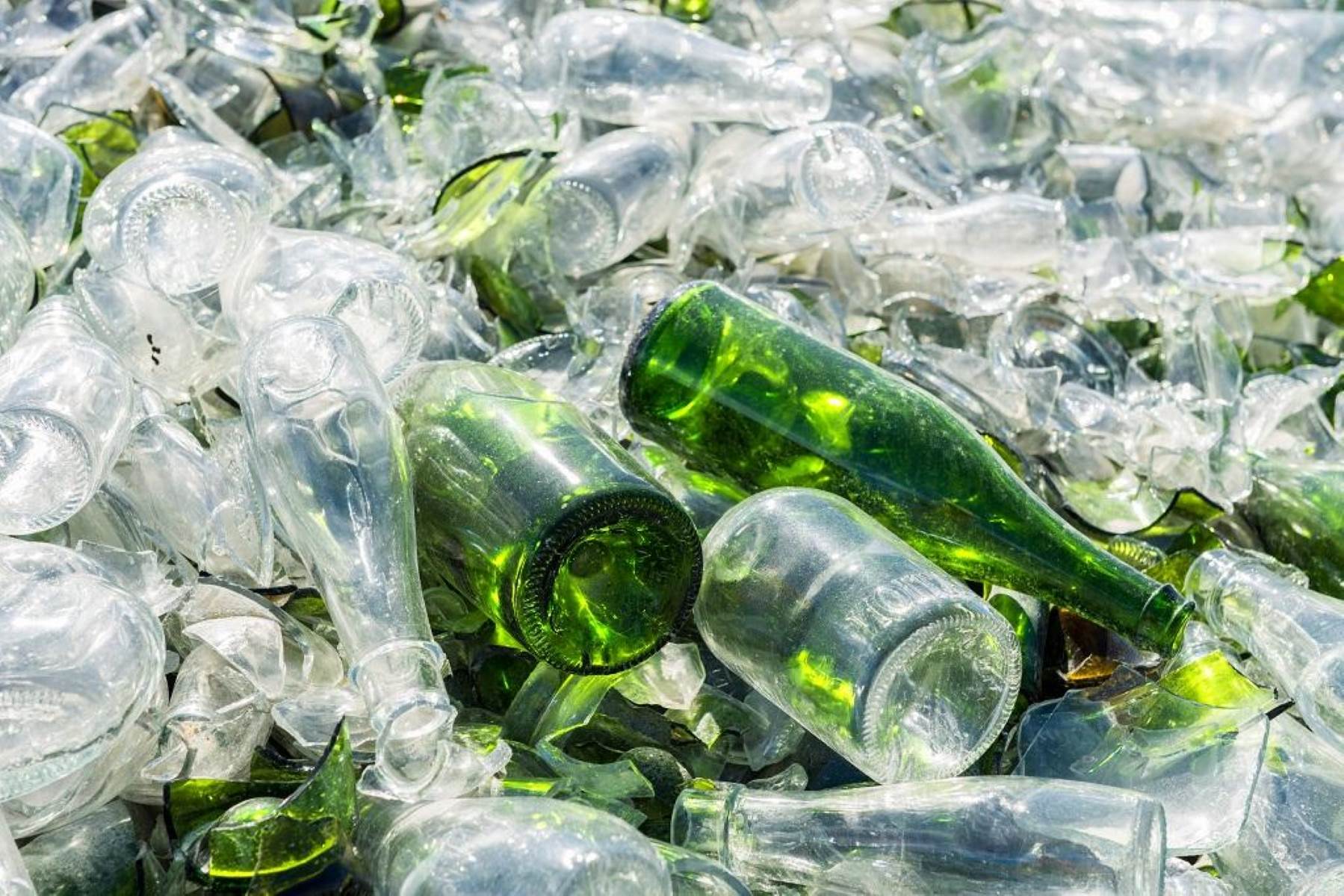
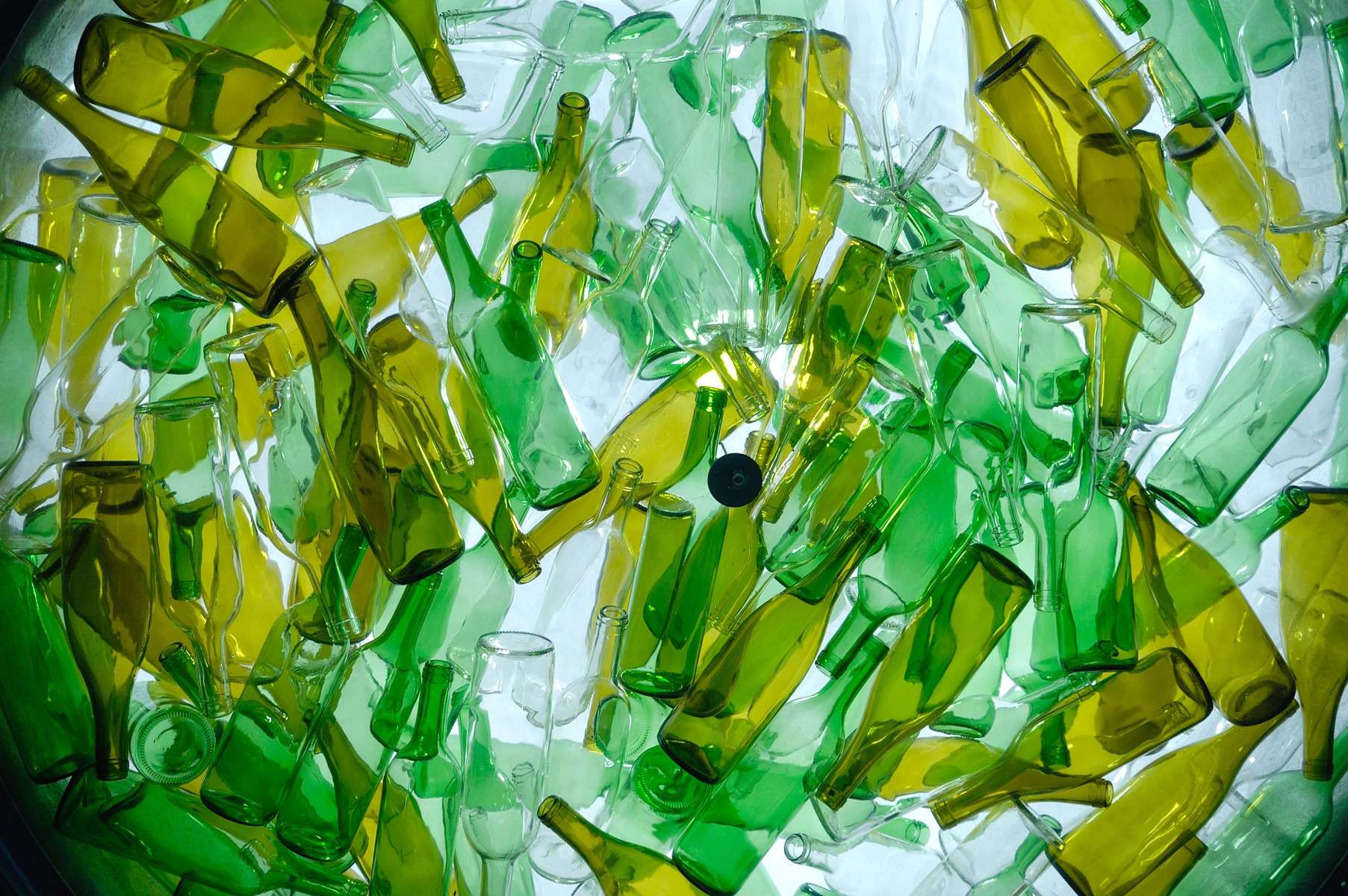
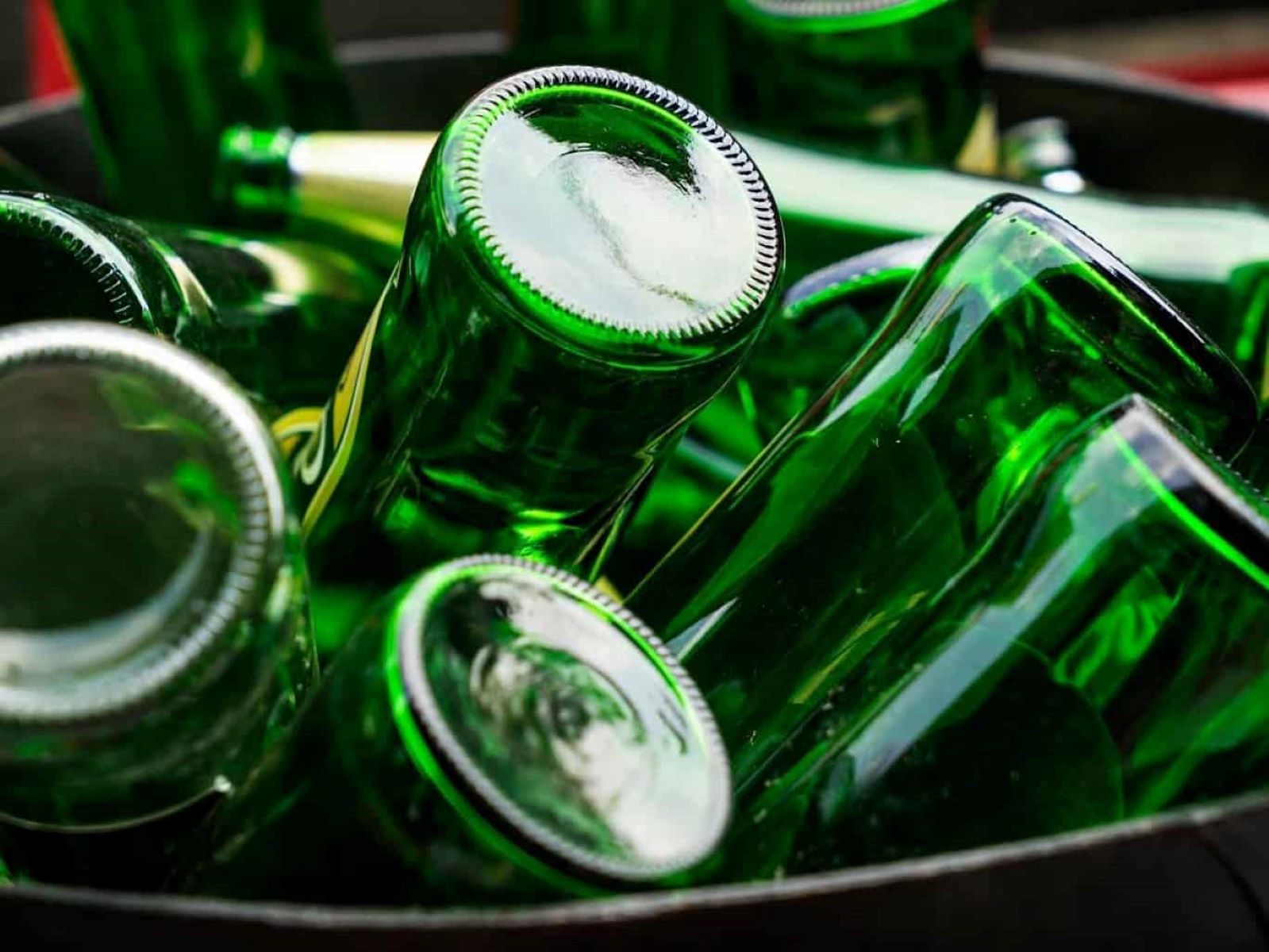
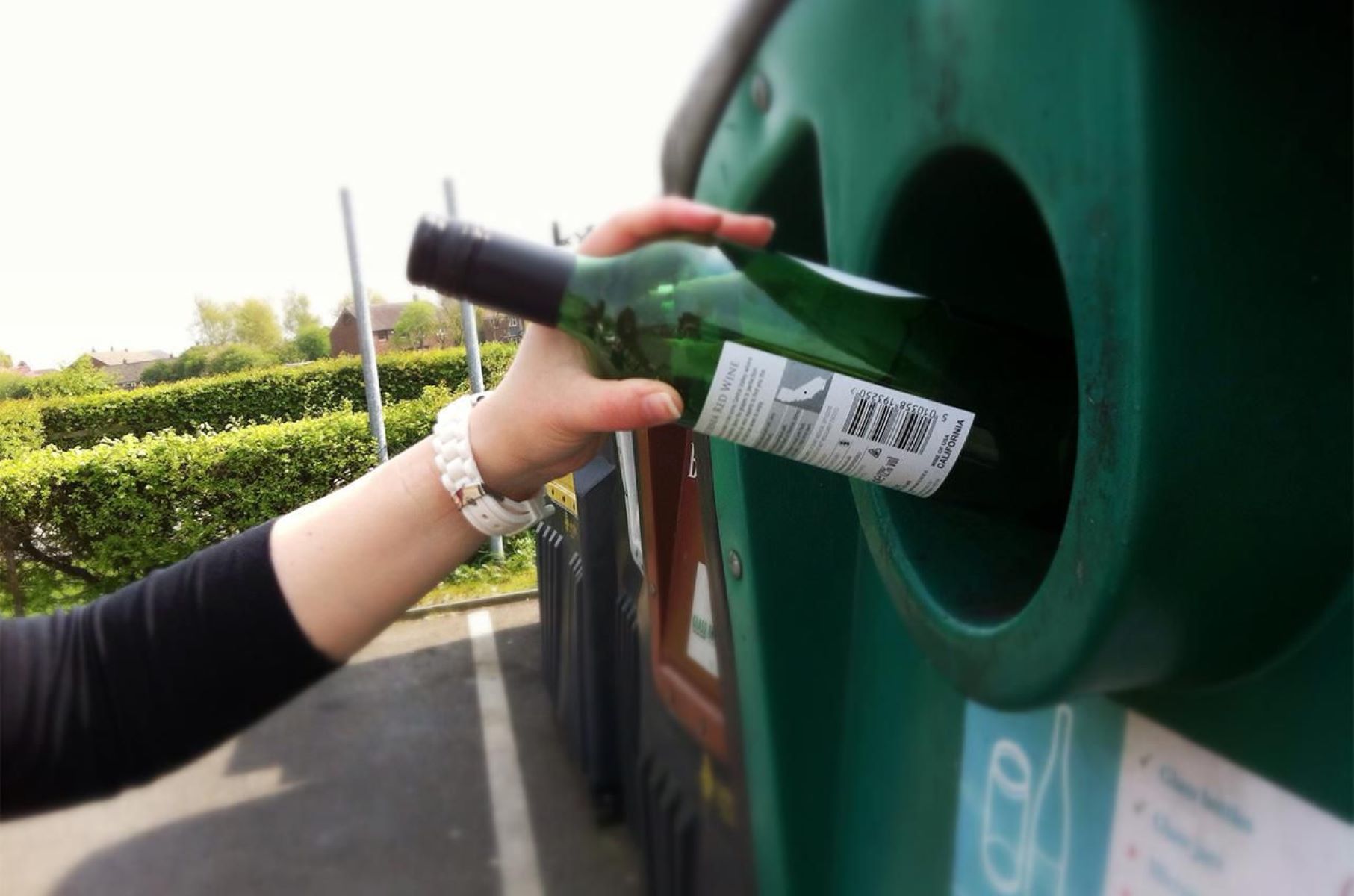
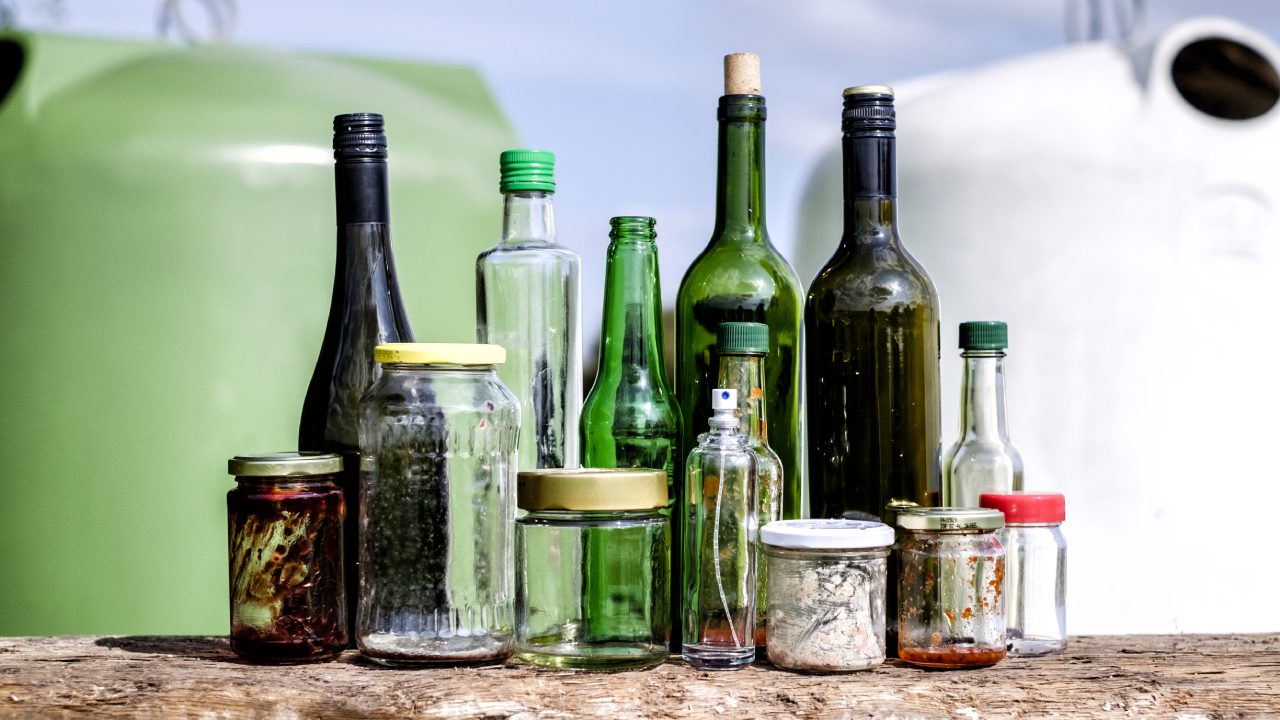

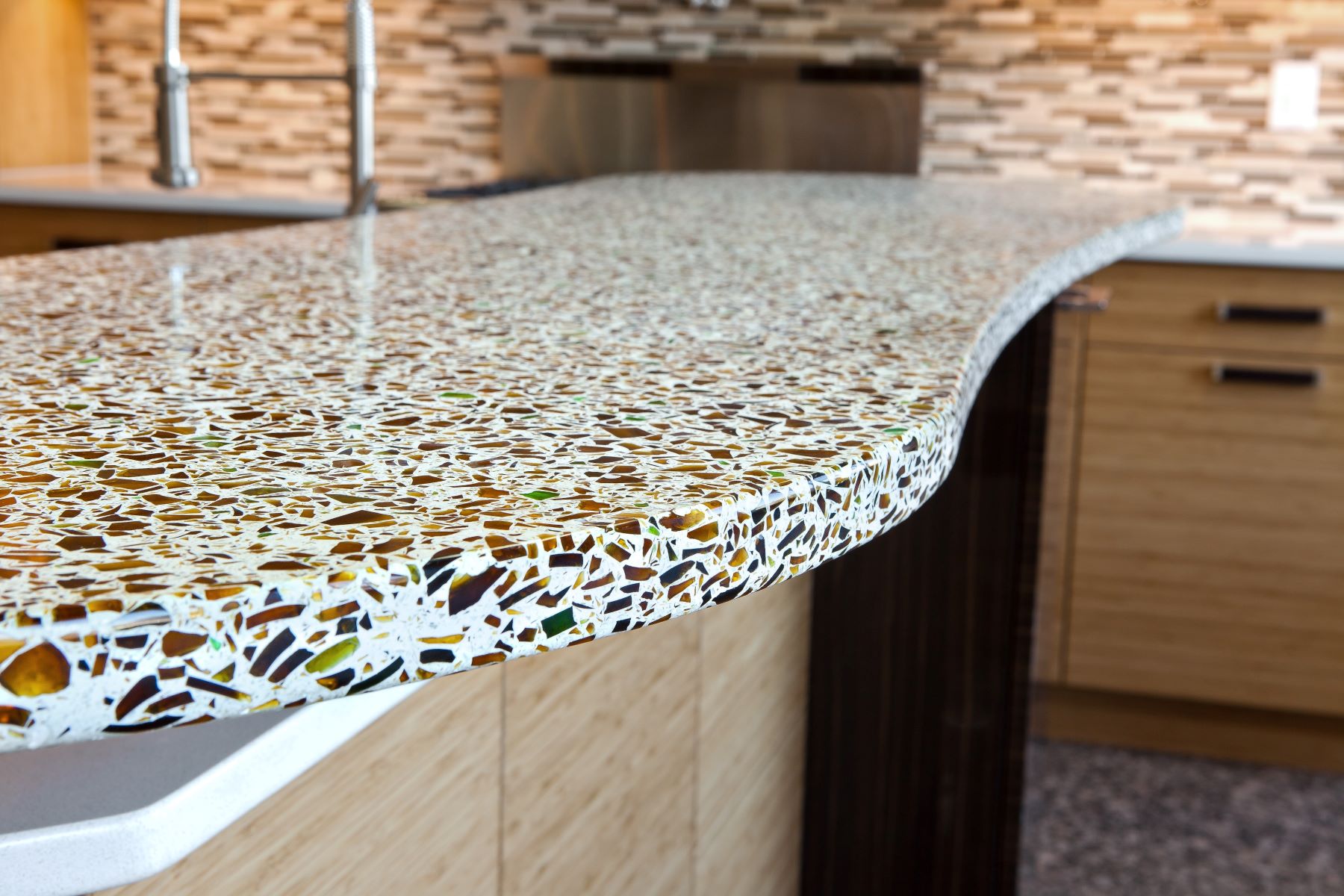
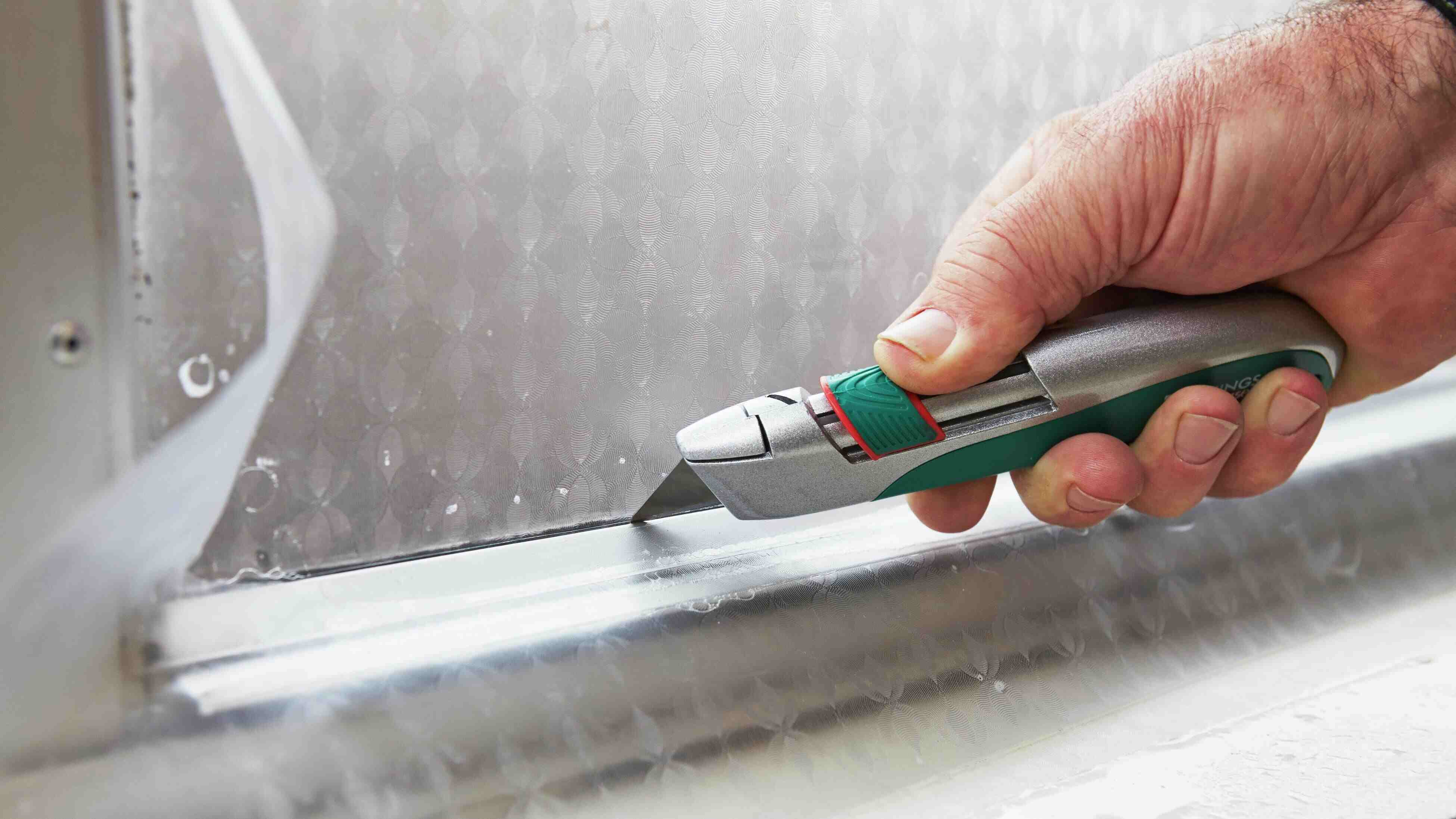


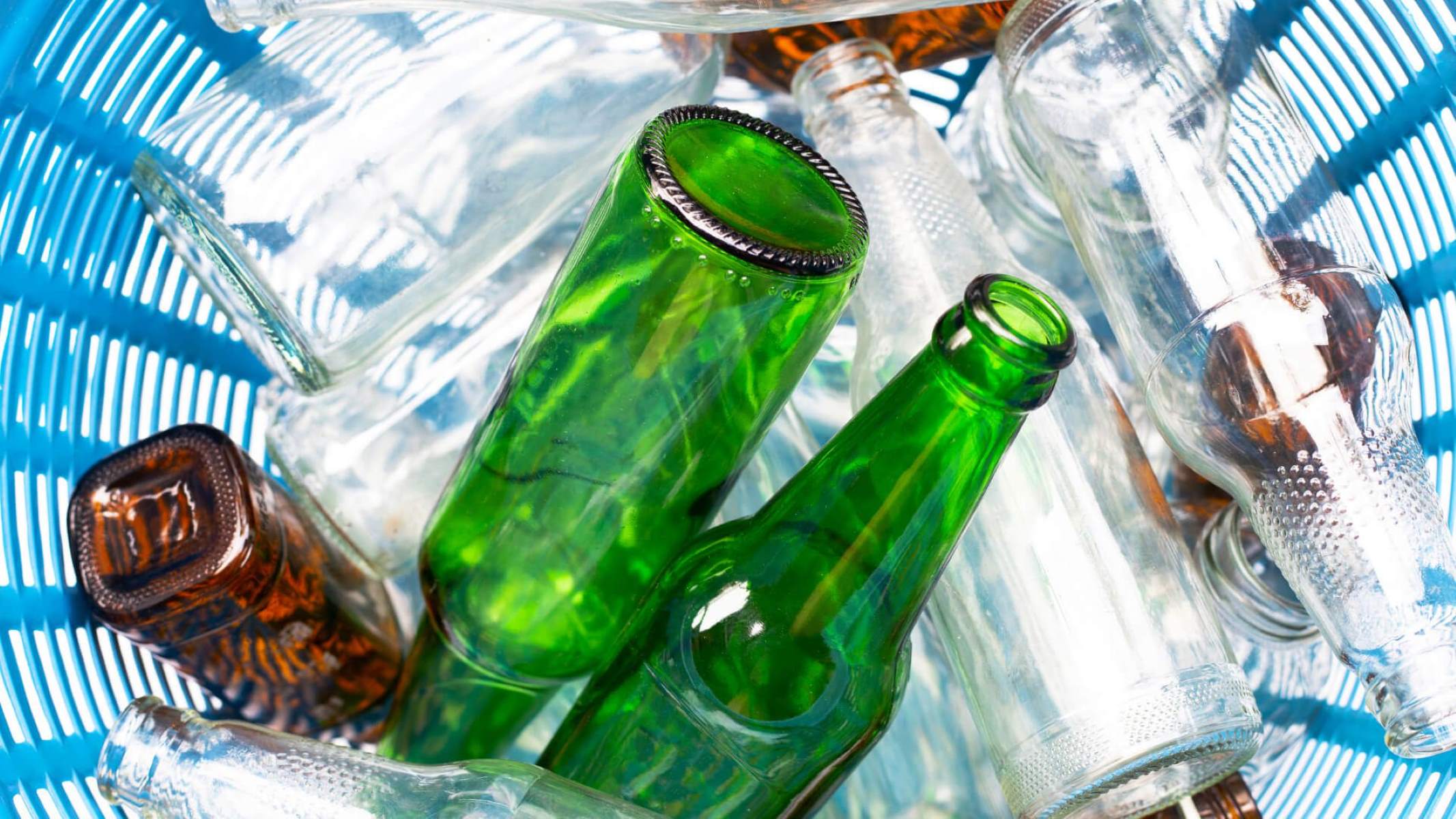
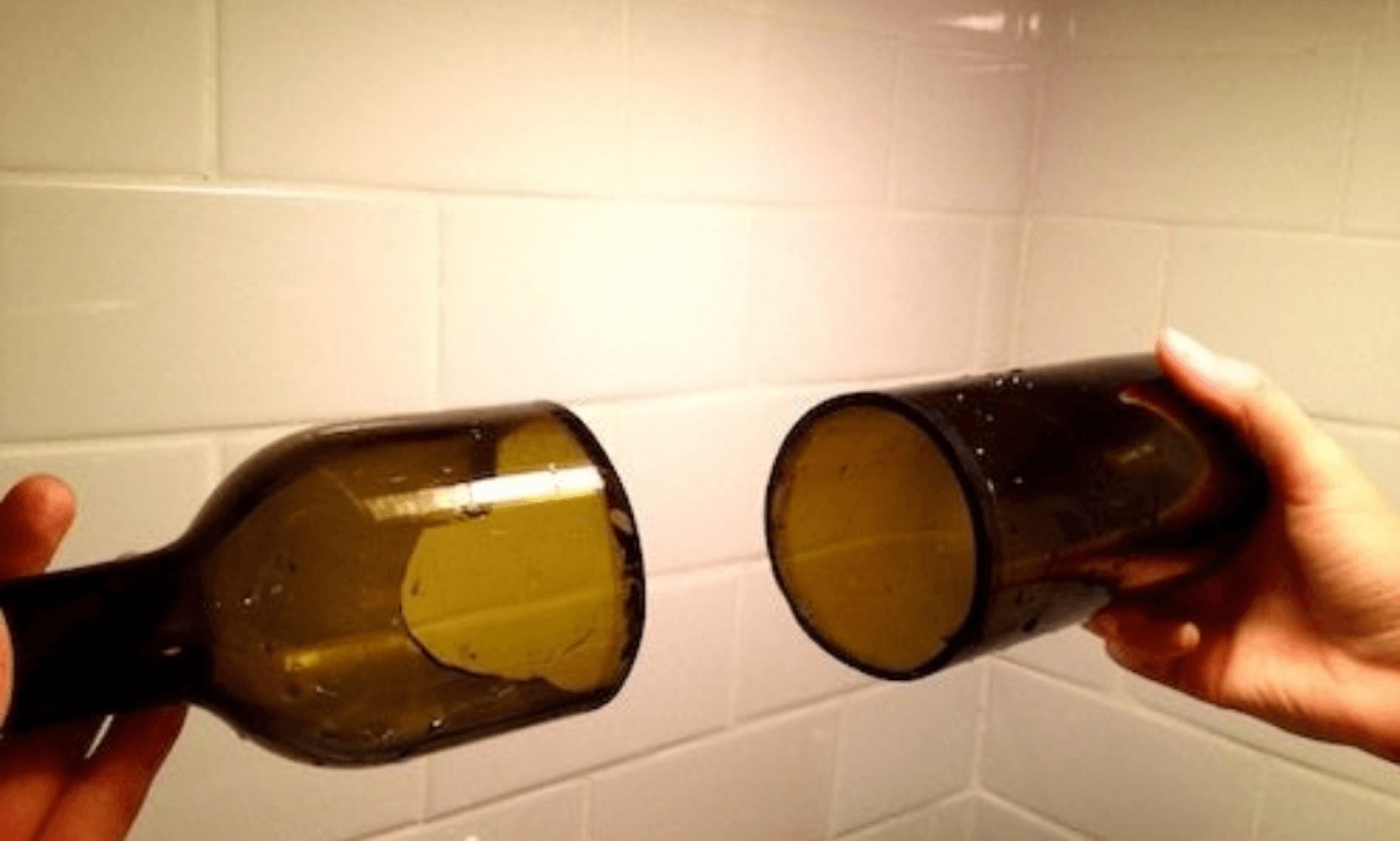

0 thoughts on “How Do You Recycle Glass”